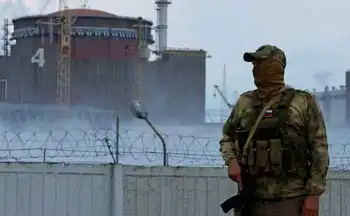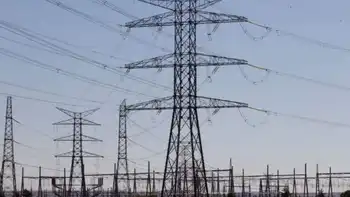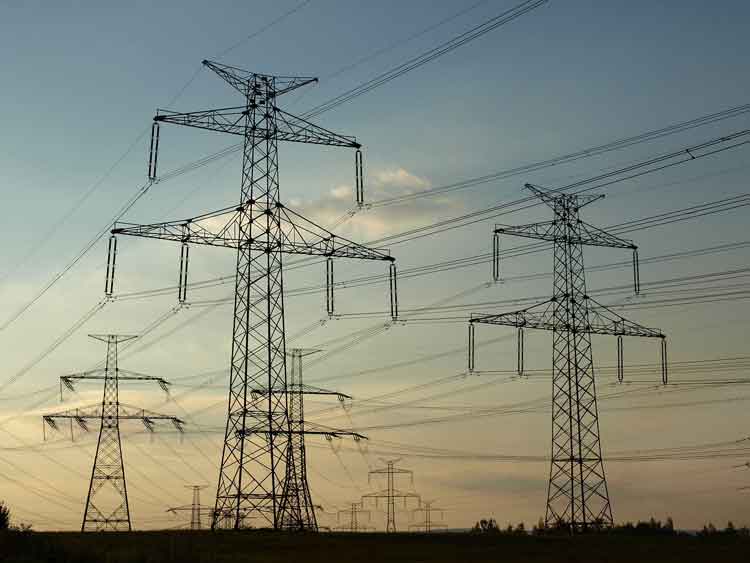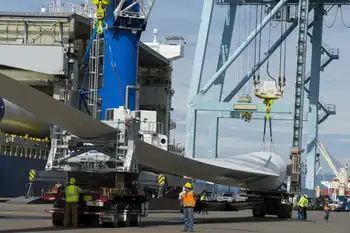Mines found at Ukraine's Zaporizhzhia nuclear plant, UN watchdog says

KYIV -
The United Nations atomic watchdog said it saw anti-personnel mines at the site of Ukraine's Zaporizhzhia nuclear power plant which is occupied by Russian forces.
Europe's largest nuclear facility fell to Russian forces shortly after the invasion of Ukraine in February last year. Kyiv and Moscow have since accused each other of planning an incident at the site.
On July 23 International Atomic Energy Agency (IAEA) experts "saw some mines located in a buffer zone between the site's internal and external perimeter barriers," agency chief Rafael Grossi said in a statement on Monday.
The statement did not say how many mines the team had seen.
The devices were in "restricted areas" that operating plant personnel cannot access, Mr Grossi said, adding the IAEA's initial assessment was that any detonation "should not affect the site's nuclear safety and security systems".
Laying explosives at the site was "inconsistent with the IAEA safety standards and nuclear security guidance" and created additional psychological pressure on staff, he added.
Ukrainians in Nikopol are out of water and within Russia's firing line. But Zaporizhzhia nuclear power plant could pose the biggest threat.
Last week the IAEA said its experts had carried out inspections at the plant, without "observing" the presence of any mines, although they had not been given access to the rooftops of the reactor buildings.
The IAEA had still not been given access to the roofs of the reactor buildings and their turbine halls, its latest statement said.
After falling into Russian hands, Europe's biggest power plant was targeted by gunfire and has been severed from the grid several times, raising fears of a major nuclear accident.
The six reactor units, which before the war produced around a fifth of Ukraine's electricity, have been shut down for months.
Related News

Biggest offshore windfarm to start UK supply this week
LONDON - An offshore windfarm on the Yorkshire coast that will dwarf the world’s largest when completed is to supply its first power to the UK electricity grid this week.
The Danish developer Ørsted, which has installed the first of 174 turbines at Hornsea One, said it was ready to step up its plans and fill the gap left by failed nuclear power schemes.
The size of the project takes the burgeoning offshore wind power sector to a new scale, on a par with conventional fossil fuel-fired power stations.
Hornsea One will cover 407 square kilometres, five times the size of the nearby…





